We have shared with you the benefits of Voice Search in the previous episode of this blog – Why To Enable Your Website For Voice Search? In this episode, we will share with you the best practices of optimizing your blog for the voice search.
Here the steps to optimize your website for Voice search
1. Get Featured on Google – The featured snippet one of the key aspects of voice search. It is a concise and direct answer to the user’s query, where the users type or ask any question from Google. It is a quick summary, extracted from the Website which displays at the Top of SERP include the URL and title of the webpage. Google displays the most relevant content based on users’ queries. For instance-
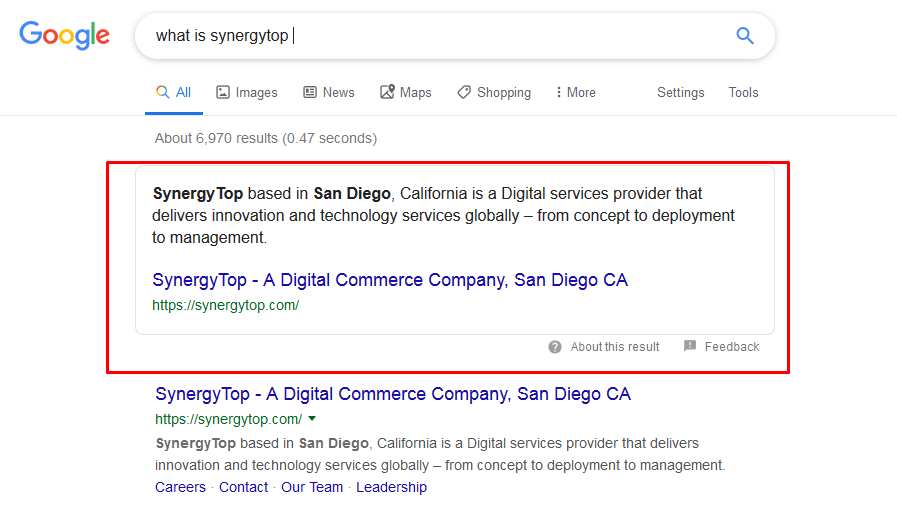
Featured Snippet
As we all know, content is the King! To get featured on Google, you need to focus on providing quality content on your website and optimizing it as the Google voice search algorithm reads the featured content. You ensure that your website content should be optimized for users’ queries and include a featured snippet so that the voice assistant will read that out.
Few tips to feature your content-
- Utilize strong on-page SEO
- Content that should be the answer to the user’s query
- Add high-quality images and videos
- Optimize HTML tags
2. Get Listed on Google – Most of the search queries come with “near me”. If you are a local business, I would recommend that you enlist on Google My Business, as well as other local business directories. It is among the most crucial factor for the voice search revolution. The local listings allow your business to get additional visibility on the Internet.
The voice search algorithm prefers a business listing that shows up first. Your business should be available on the local Business listing sites which includes your business’ address, phone number, reviews and relevant business categories that you belong to.
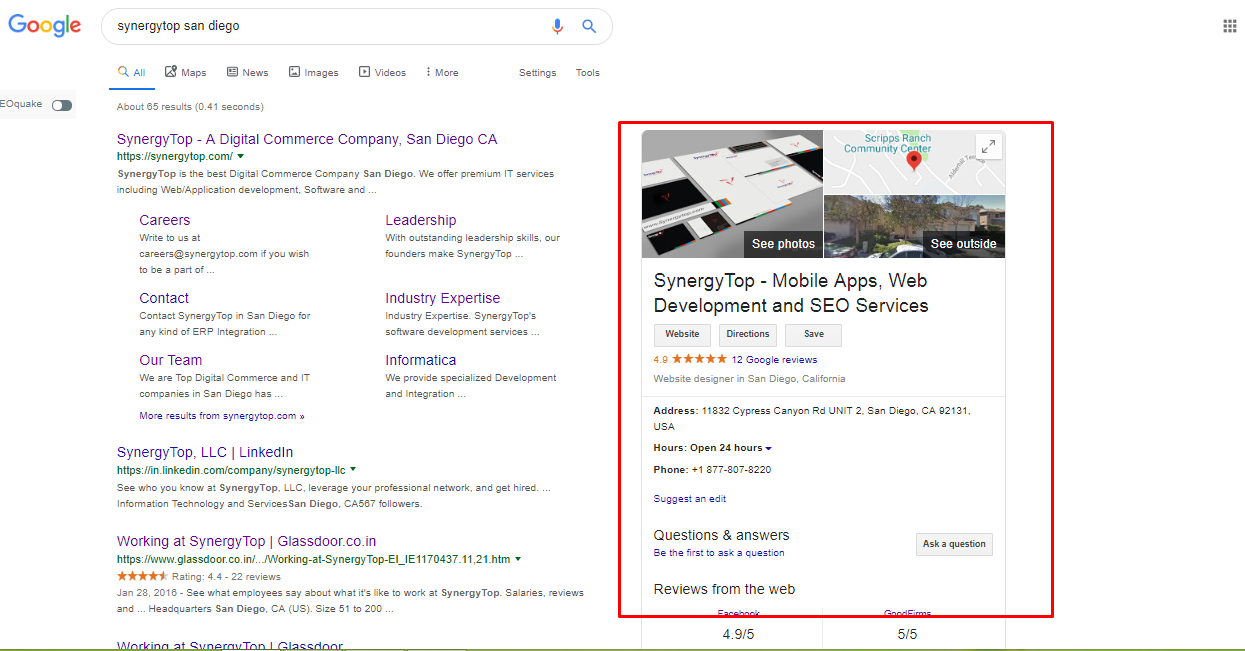
Google My Business Listing
3. Speed Does Matter – Users prefer voice search for faster results! Speed is inevitably a very important factor for your website and vital for all types of searches whether it is text or voice. The Google search algorithm favors the websites that load quickly and the fastest website gets the first rank on SERP.
It is imperative for your website to be enabled for mobile-first search as mobile is now the primary device to access the website by voice search.
Tips to increase website speed
- Improve server response time
- Minify HTML CSS and JavaScript
- The website should be responsive
- Optimize images and Alt Tags
4. Add The FAQ Page – Search Engines love the FAQ page because it is an organized collection of extremely relevant information on the website. It is a list of queries that the users are most likely to ask concerning your business and services; and their consolidated responses.
The FAQ page is one of the best ways of having a conversation in the natural language over voice search. Usually, people search with phrases like How, What, Why, When as well as Where; thereby, assisting the search engine to display a pertinent response about your services via voice search. Try to add the specifics, based on your customer’s query.
To make website voice-search enabled, you should respond to the most common questions related to your business.
I will now share with you some technology best practices that may help you in voice-search optimization.
A. Use SSL (HTTPS) for the website – The SSL layer provides a secure path between the client and the servers. Google crawler gives priority to the SSL (Secure Sockets Layer) certified website. The SSL-certified websites include all the protocols of good online practices that create credibility and trust for your website.

B. Use Schema Markup – Schema markup is the micro-data that helps the Google crawler to understand your website. It creates a description known as a rich snippet that displays at the top of SERP for specific query over voice-search. The Schema Markup allows Google crawlers to access your current information for voice search like your business name, event, services, address, availability, and phone number. With the help of Schema Markup, you can control your brand information. Google provides Structured Data Markup Tool which allows you to create Schema Markup easily.
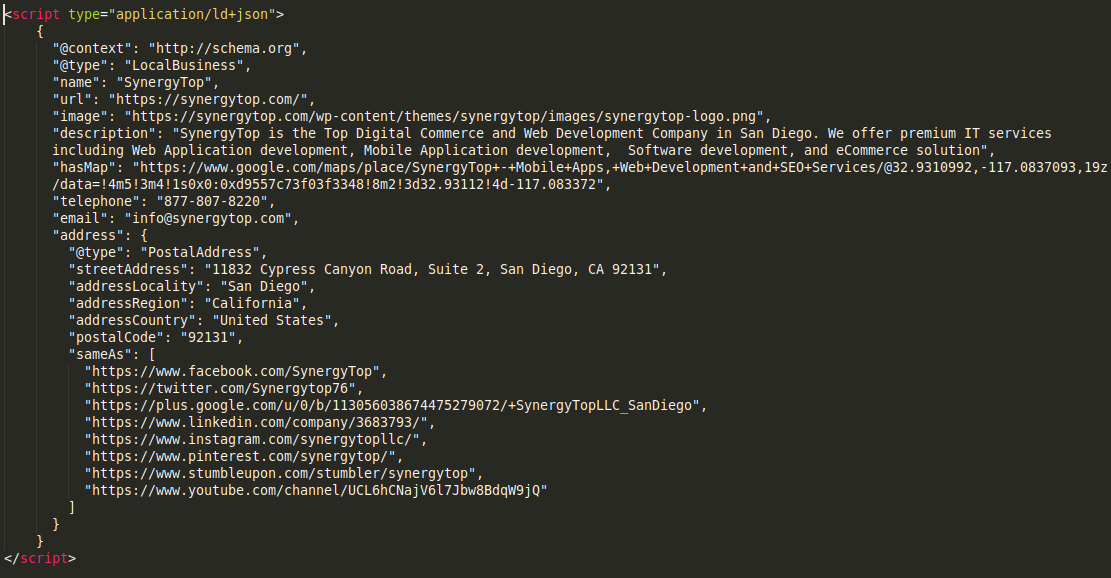
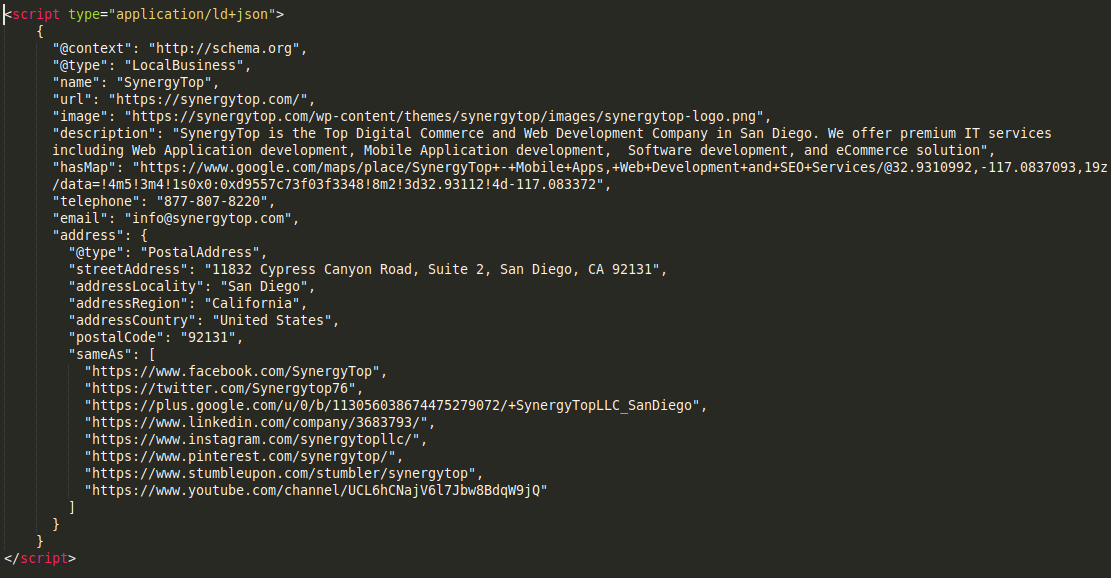
Example of Schema Markup
C. Using Long-Tail Keywords – One important consideration that you have to factor in is that the way we speak is different from the way we write while Search. When the user makes a query in the search box, he is likely to be short and concise. However, while using voice search, the users make their queries in the way they have a conversation. Your focus should be on the long tail, conversational, and most likely used keywords for voice search. Using long-tail keywords is not only the best practice for voice search but also helpful for traditional SEO.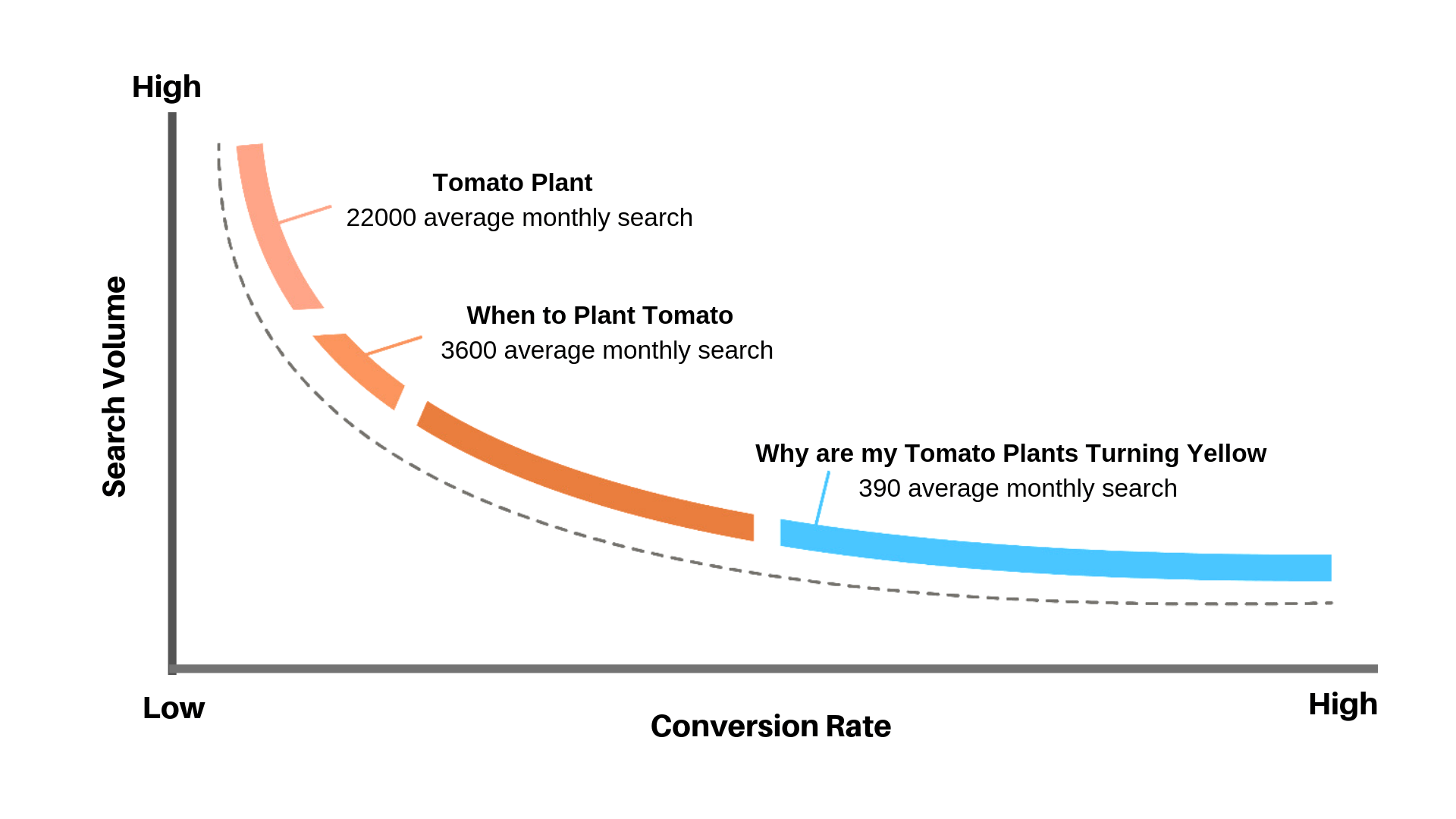
D. Optimize The Local SEO – To rank locally for voice search, you need to optimize the local SEO by including localized content and keywords. More than 50% of customers use voice search to find a local business. For example – “Best Restaurant in Los Angles” and “Top IT Company in San Diego”. To optimize the local SEO, you need to do thorough Keyword research for local and long-tail keywords. Technically, Search robots use geo-location and previous searches to provide better results.
About SynergyTop
We help digital agencies across the globe in developing web and mobile solutions, SEO, and enabling voice search. Write to us at contact@synergytop.com for details about our services.
















